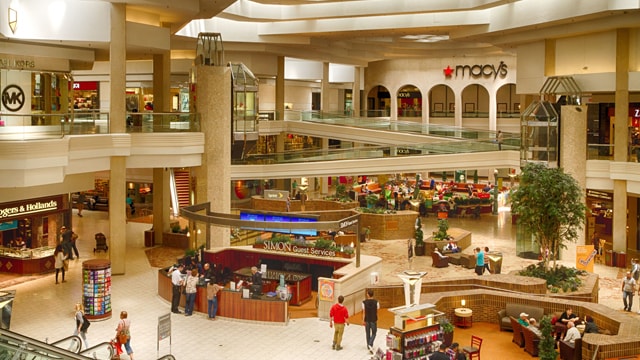
The vacancy rate in the shopping malls across the United States has gone up by 8.4 per cent in the first quarter of 2018 as compared to 8.3 per cent in the fourth quarter of the previous fiscal year. This vacancy rate is the highest since the fourth quarter of 2012, revealed a report released by Reis Inc., which is engaged in providing commercial real estate market information and analytical tools.
At least 77 metropolitan areas were covered in the survey to find out the mall vacancy scenario in the US. The inkling vacancy in shopping malls has started taking a toll on the retail business jobs in the country as well.
In addition to malls, the vacancy was also reported in neighbourhood and community shopping centres. At least 41 of the 77 areas reported vacancy during the 12 months ending on March 31, 2018.
The mall vacancy rate is increasing majorly due to the rising fascination towards e-retail among consumers. The e-commerce wave has started sweeping those who were in mainstays of these shopping areas, the report highlighted.
Over time, offline stores noted a significant decline in footfall as a good number of consumers are inching more closure towards online shopping. Many of the retailers in the past year filed for bankruptcy which led to a drop in new employment opportunities in the US.
For instance, leading American fashion retailer Macy’s also shuttered its various stores last year and so as the US teen fashion brand Rue21 Inc. which filed for Chapter 11 in the US Bankruptcy Court.
The report further revealed that more than 453,000 square feet of shopping centre space was occupied by retailers in the first quarter as compared to last quarter of 2017. However, the period under review found that absorption was the lowest for any quarter in more than five years.
The report also stated that the completion of 712,000 square feet of new shopping centres was also “much lower” than the average.
The survey claims that the first quarter is likely to witness the lowest retail activities, though it also states that retail leasing and construction usually remain slow in the initial quarter and garners pace from the second quarter onwards.
Companies such as Walgreens Boot Alliance Inc., Toys R Us, Macy’s (again), GAP Inc. would downsize and/or close stores this year to cut their operating costs. However, gyms and service providers will continue to expand in the US, offsetting the vacancies in some metros, the Reis report underlines.






